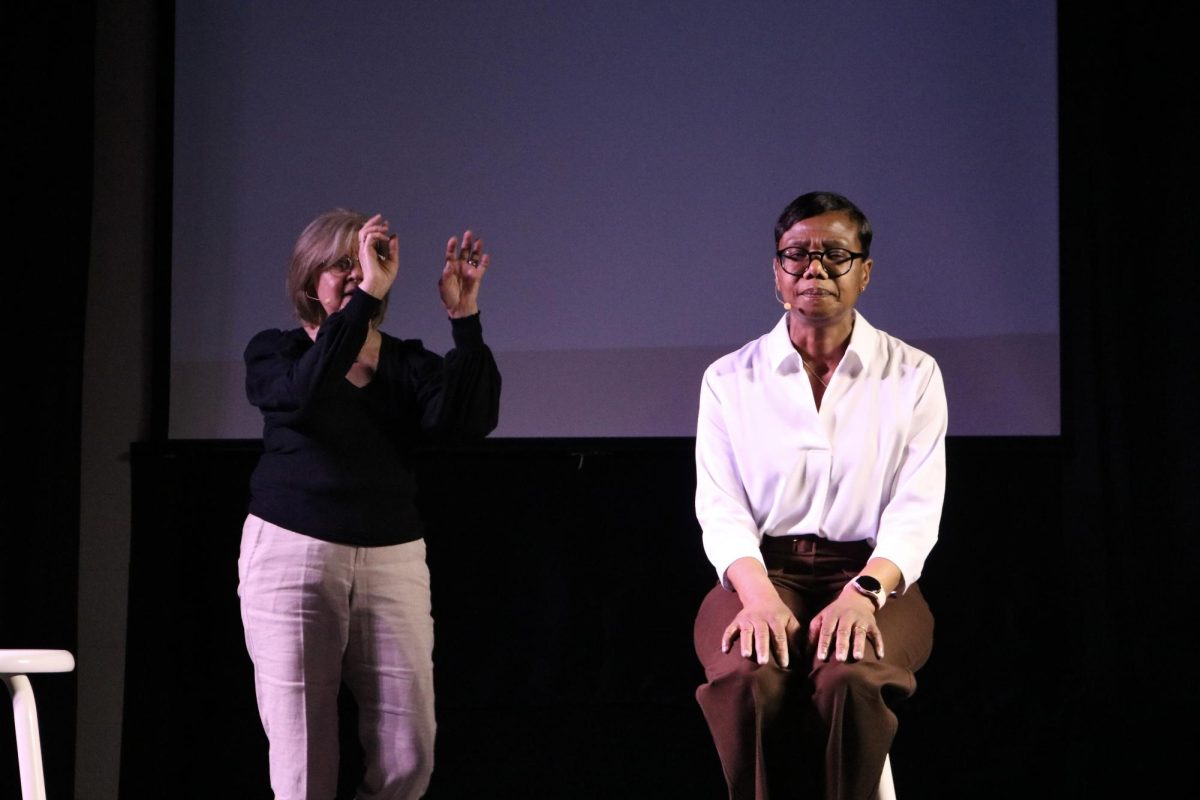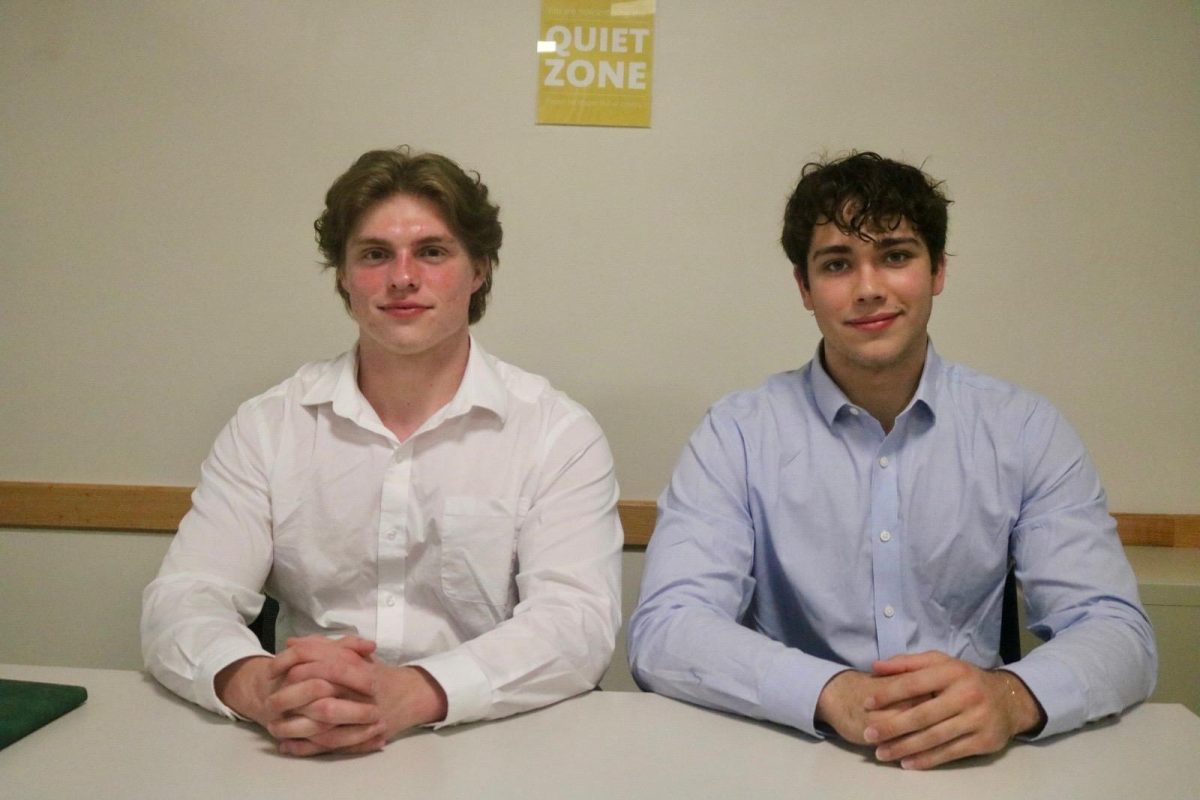Every semester, members of the student body propose and vote on student initiatives. The process to propose a student initiative is as follows: students first submit their idea to SGA, after which they need to obtain 100 student signatures to have their initiative featured on the ballot.
The ballot is then featured online; for any initiative to pass, at least 50 percent of the student body must vote. In addition to this, individual initiatives must receive a two-thirds majority vote in order to pass.
Student initiatives are considered a unique part of Grinnell culture in that they allow students to express ideas for community improvement. Whereas student initiatives have long been Grinnell tradition, in 2007, the SGA President, Chris Hall ’07 and SGA Treasurer, Brad Bishop ’08, proposed to create an SGA committee specifically to administer funds for initiatives. Student Initiatives Fund Committee (STIFund) was therefore created.
Whereas Hall and Bishop’s proposal suggested that SGA allocate $25,000 annually towards the implementation of initiatives, initiatives have not always received monetary support from SGA. The average SGA spending on student initiatives in the six semesters preceding last year was $1,788. Last year, however, STIFund was allocated $9,233 and $8,422 in the Fall and Spring semesters respectively—spending that contributed a $28,355 over expenditure of the entire SGA budget. This money was used on initiatives to purchase new equipment for Bob’s Underground Café and a new draft system in Lyle’s Pub, among others.
“STIFund isn’t a line on the SGA budget ever. When SGA has funded student initiatives in the past, it’s been with the Reserve Fund. Every year that SGA underspends, all of the money gets kept in a cash reserve and then, the year after, the Treasurers can choose whether
or not they want to support student initiatives with that fund,” said Roni Finkelstein ’15, SGA Treasurer. “This year we don’t have that fund anymore because of the over expenditure and so student initiatives don’t have as much flexibility in terms of getting funding from SGA.”
However, the decreased size of SGA’s Reserve Fund should not be especially detrimental to the implementation of student initiatives, as STIFund usually seeks different sources of funding for different initiatives depending on the nature of the initiative.
“[We] work closely with the authors of the initiatives to try to implement it and get funding for it,” said Elaine Fang ’15, STIFund Committee Chair. “This entails a lot of talking with administrators, SGA, finding sources of funding and working with various offices. … We sometimes get funding from the SGA. In other times, it’s from different divisions of the College, like Facilities Management.”
The amount required to fund an initiative plays a crucial role in whether or not it gets implemented. As the STIFund Committee may not have access to adequate funds to support each initiative, the ones that are ultimately implemented usually require a smaller financial commitment.
“For example, [last year’s] initiative to resurface Mac Field passed, but it would cost so much money that SGA will not be able to fund it, and also the time that it would [take] to resurface all of Mac Field would be too long,” Fang said. “So, that is one of the reasons why we were not able to implement that initiative. But I do want to stress that while the initiative did not get implemented, it was a great way to start the discussion with administration to bring it to their attention for the long run.”
Additionally, the administration can decide against implementing initiatives that otherwise passed. Given the bizarre nature of some initiatives that make it onto the ballot—such as one to have sheep graze on Mac Field—this is an unsurprising stipulation; however, not all students seem to be aware of it.
“[It’s] a common misconception [to] think that once an initiative passes that means that it will for sure happen,” Fang said. “We do everything in our power to make them happen because it is what the student body wants. However, there are restrictions like financial restrictions or just liability reasons. But the passing of a student initiative is a statement of support. It is a good way to raise awareness of what the College wants.”
Even though the STIFund Committee does not implement all initiatives immediately, it actively works on successful past initiatives that have not been implemented yet. One of these was last year’s initiative to have drying racks in laundry rooms. STIFund is working with the Student Environmental Committee (SEC) regarding this.
“We are working with SEC and all that is needed is the purchasing of drying racks,” Fang said.
Initiatives that have been implemented over the years include the swings by the JRC, a piano in East Campus, a printer in Bucksbaum and the new affirmative sexual consent policy. Student initiatives are an important aspect of what makes Grinnell unique and demonstrate the involvement and agency of Grinnell students.
“We work on all initiatives as best as we can and it is unfortunate when there are bumps along the way,” Fang said. “However, it is great to see students get involved and want to make a change. It’s a good way to show a statement of support.”


















































